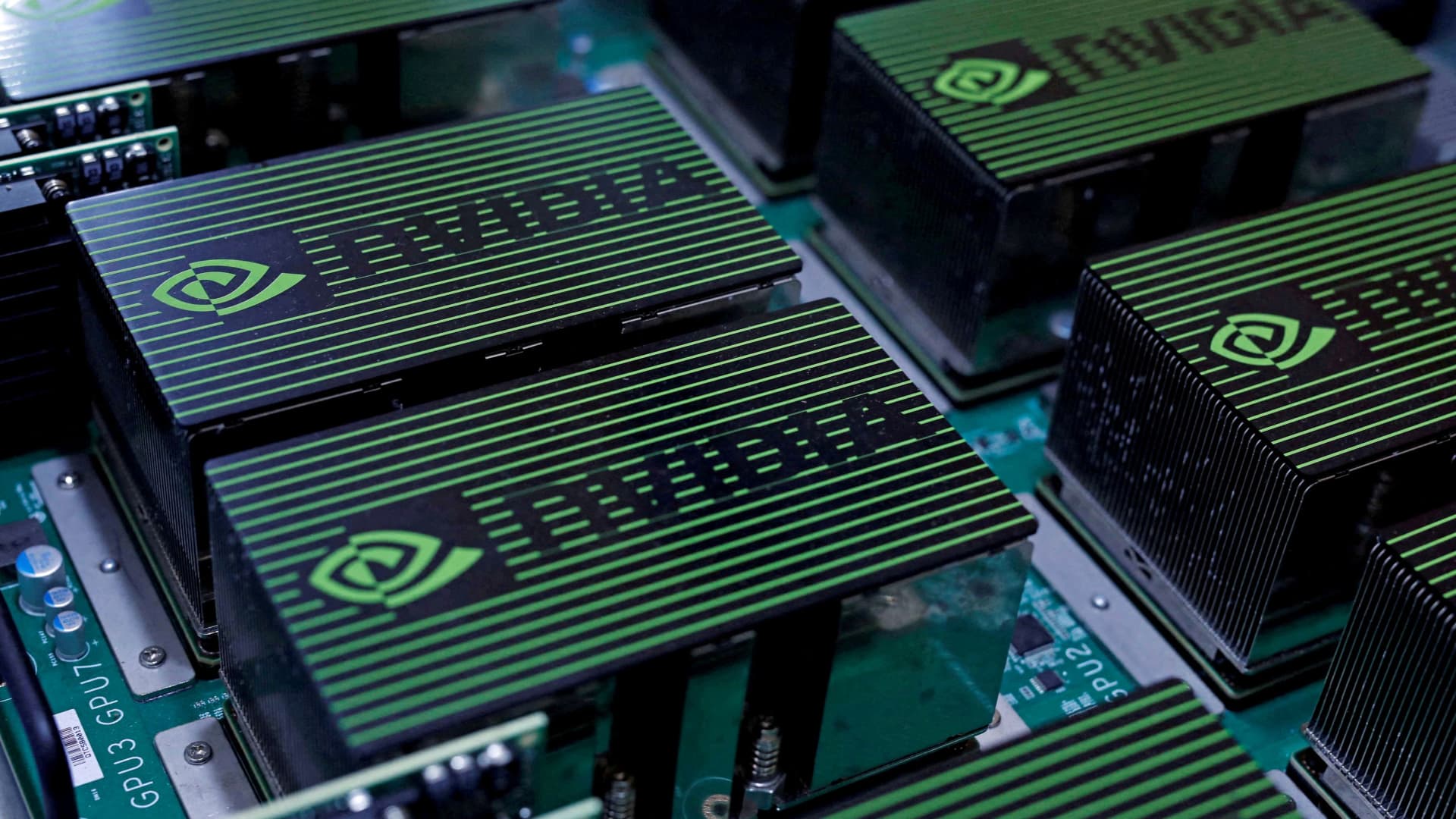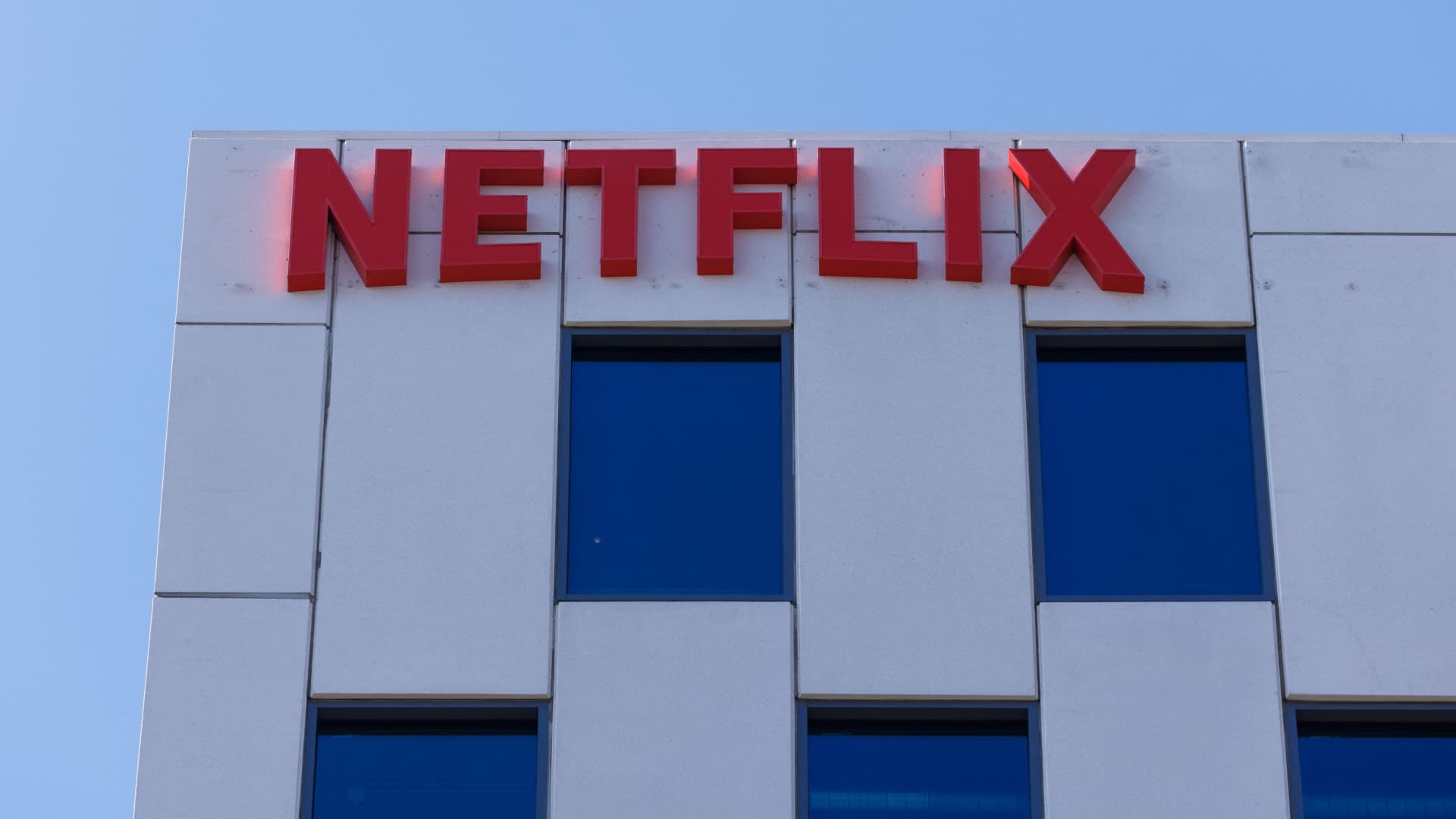
Barclays on Monday published its December-quarter earnings preview and 2023 outlook note that was particularly bullish for our semiconductor holdings Qualcomm (QCOM), Advanced Micro Devices (AMD) and Nvidia (NVDA). At a high level, the analysts like data centers, personal computers, and handsets. They remain negative on the industrial/automotive industries, analog chips, and semiconductor capital equipment end markets. Despite a more positive outlook, Barclays was quick to point out that its quarterly estimates remain below consensus for nearly every name in its coverage universe, “even without a macro downturn.” That implies a decent amount of conservatism around the upward revisions. For a review of the various subindustries within the broader semiconductor umbrella, check out our industry guide . More specifically, the analysts significantly raised their price target on Nvidia to $250 per share from $170, while reiterating their overweight (buy) rating. They upgraded shares of both AMD and Qualcomm to overweight from equal weight (buy from hold), with price targets increasing to $85 from $70 and to $150 from $120, respectively. All three stocks, which were battered in last year’s terrible market, surged between 6% and more than 8% in Monday’s trading session. Those gains added to their already stellar 2023 performances as investors have been broadly scooping up beaten-down tech shares to start off the new year. The Nasdaq , where a lot of tech stocks are listed, has jumped nearly 9% from where it left off in 2022. Nvidia & AMD Driving some of Barclays’ renewed bullishness on data centers — where Nvidia and Advanced Micro Devices are strong — is cloud industry capital expenditure (capex) expectations. In the back half of 2023, analysts expect an acceleration in capex spending in both the U.S., “and potentially in China.” Specific to AMD, the analysts called out aggressive investments in artificial intelligence at Meta Platforms (META), which is also a Club holding. They said that AMD’s low share of Meta spend should increase on the back of the chipmaker’s Genoa and Bergamo architecture “in 2H23 when META spend reaccelerates.” NVDA AMD YTD mountain Nvidia (NVDA) versus AMD performance YTD Benefiting both AMD and NVDA, the analysts cited generative AI, such as ChatGPT , the smart chatbot that Club name Microsoft (MSFT) just poured billions more dollars into. They said ChapGPT, made by OpenAI, “seems to be finally an AI workload with real applications.” While reluctant to model out the ultimate opportunity, Barclays sees ChapGPT as supportive of an upgrade to data centers that “handle the higher power requirements.” Recall, AMD plans to release its MI300 CPU+GPU chip in the back half of 2023 while Nvidia’s Grace Hopper Superchip, also a CPU+GPU offering, is slated for release at some point in the first half of the year. Also supportive of AMD shares, the analysts believe that the PC inventory glut should bottom out in the current quarter. In computer speak, CPU stands for central processing unit and GPU stands for graphics processing unit. Qualcomm In handset chips, where Qualcomm is strong, Barclays believes the radiofrequency space is set to improve in 2023. While one more, possibly the last, estimate cut is likely for the group and companies may guide lower, the analysts believe that such an outlook may prove to be a buying opportunity as it would point to a potential bottom and an expectation reset. QCOM YTD mountain Qualcomm (QCOM) YTD peformance One key driver of end market improvement is headwinds in China turning to tailwinds in the second half of the year. The analysts favor Qualcomm for its clear leadership in high-end smartphones, which they believe will help insulate the company from a price war. They noted, “There are substantial challenges for Samsung to get back into the high-end technologically relative to QCOM and [they] even believe there is still some risk to Apple’s effort for next year.” Concerns about Club name Apple (AAPL) and its efforts to make its own chips is something that’s not currently modeled into Barclays’ estimates and could be a potential source of upside. The analysts continue to view Qualcomm’s automotive efforts, a large and fast-growing pipeline last valued at $30 billion, and its internet of things (IoT) exposure as longer-term growth drivers despite nearer-term headwinds. Bottom line So, what do we think about Barclays’ view? Obviously, we like to see end-market improvement, which may signal a bottom in semiconductor stocks. However, we’re not entirely out of the woods, given that much uncertainty still remains on the macroeconomic front and it remains to be seen just how much of a slowdown the Federal Reserve is ultimately engineering with its aggressive interest rate hike cycle. We’re inclined to let the remainder of our chipmaker positions run following recent trims in all three. Was it right to sell those shares? Yes and no, as we’ve sold shares both higher than current levels and lower in all three names. That’s why we never make swift moves buying or selling entire positions in one fell swoop because the operating environment can change so fast and the stock directions even faster. Do we regret the most recent sales? No, for three reasons. First, hindsight is 20/20 and the best any investor can hope to do is make the best decisions with the data they have at the time. Second, we opted to reduce our exposure most recently due to concerns that upcoming earnings results may very well fall short of expectations. We continue to hold that view and note again that much of the Barclays analysts’ optimism is predicated on their second-half 2023 view. Third, the share sales provided us the cash required to take on positions that we think are set up for a better first half of the year, in names such as Emerson Electric (EMR) and Caterpillar (CAT). Ultimately, it comes down to managing exposure to near-term headwinds while being mindful of the long-term and the fact that these semis remain incredible companies with material growth drivers. Being able to time a jump in and/or out of stock entirely is pretty much impossible to do consistently, so why attempt it? Instead, we think it better hold core shares for the long term, while increasing and decreasing our exposures in line with our nearer-term views. (Jim Cramer’s Charitable Trust is long QCOM, AMD, NVDA, EMR, CAT. See here for a full list of the stocks.) As a subscriber to the CNBC Investing Club with Jim Cramer, you will receive a trade alert before Jim makes a trade. Jim waits 45 minutes after sending a trade alert before buying or selling a stock in his charitable trust’s portfolio. If Jim has talked about a stock on CNBC TV, he waits 72 hours after issuing the trade alert before executing the trade. THE ABOVE INVESTING CLUB INFORMATION IS SUBJECT TO OUR TERMS AND CONDITIONS AND PRIVACY POLICY , TOGETHER WITH OUR DISCLAIMER . NO FIDUCIARY OBLIGATION OR DUTY EXISTS, OR IS CREATED, BY VIRTUE OF YOUR RECEIPT OF ANY INFORMATION PROVIDED IN CONNECTION WITH THE INVESTING CLUB. NO SPECIFIC OUTCOME OR PROFIT IS GUARANTEED.
The logo of Nvidia Corporation is seen during the annual Computex computer exhibition in Taipei, Taiwan May 30, 2017.
Tyrone Siu | Reuters
Barclays on Monday published its December-quarter earnings preview and 2023 outlook note that was particularly bullish for our semiconductor holdings Qualcomm (QCOM), Advanced Micro Devices (AMD) and Nvidia (NVDA).
AdminJanuary 23, 2023





